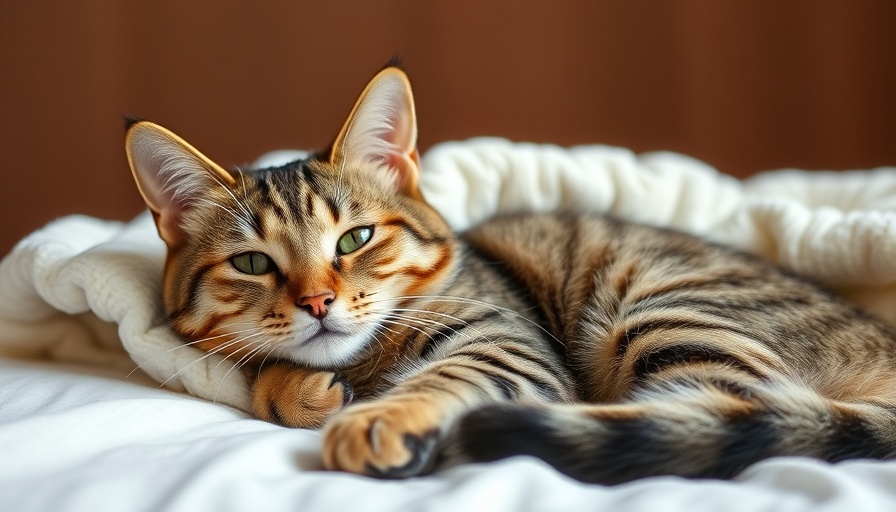
Understanding the Risks of Laser Declawing Your Cat
As pet owners, we often want to make our homes a peaceful coexistence with our feline friends, especially when their natural instincts, like scratching, lead to damaged furniture. The thought of laser declawing might seem appealing to some as a more modern surgical option, yet recent veterinary insights present considerable risks and ethical questions surrounding this procedure.
Why Are Experts Opposed to Declawing?
Veterinary professionals, supported by organizations such as the American Veterinary Medical Association and the American Society for the Prevention of Cruelty to Animals (ASPCA), firmly denounce declawing for behavioral management. Declawing, whether by traditional or laser means, should only be contemplated for legitimate medical reasons. ASPCA guidelines recommend declawing as a last resort, asserting that all other behavioral and environmental options have been exhausted. In fact, in many countries—including Canada and parts of Europe—declawing is illegal, and several U.S. states have adopted similar stances, reflecting a significant shift toward more humane treatment of animals.
The Ethics of Cat Care: A Call for Alternatives
Declawing is more than merely a procedure; it’s a controversial practice that deprives cats of their natural instinct to scratch—a behavior important for their physical and psychological health. It's essential to understand the ramifications this can have on your pet. Cats use their claws for activities like climbing, self-defense, and even stretching; removing this capability can lead to behavioral issues such as increased aggression and anxiety.
The Complications and Long-Term Effects of Laser Declawing
While laser declawing is known to lead to fewer immediate postoperative complications compared to traditional methods, it does not eliminate the long-term consequences. Cats that undergo this procedure may find litter box usage painful due to the discomfort in their paws post-surgery. This changes their natural behavior and can lead to inappropriate elimination behaviors, often leading to stress for both the cat and the owner.
Implementing Positive Solutions for Cat Scratching
Instead of resorting to declawing, cat owners can consider several proactive solutions such as investing in scratching posts, providing alternative materials that satisfy the cat's scratching instincts, and implementing training sessions that guide cats toward acceptable scratching behavior. A variety of products are available that cater to a cat's natural need to scratch, allowing owners to protect their furniture without harming their pets.
Understanding Personal Responsibility and Cat Well-Being
As loving pet owners, it is our responsibility to advocate for the well-being of our furry companions. Instead of seeking quick fixes that could lead to lifelong consequences for our animals, we should educate ourselves on their natural behaviors. By fostering a home environment that accommodates scratching, we promote a happier, healthier life for our cats and a peaceful household for ourselves.
Conclusion: Make Informed Choices
In conclusion, while declawing may seem like a viable option to manage scratching, it poses unjustifiable risks to the cat's health and quality of life. Emphasizing understanding and compassionate pet ownership not only protects our furry friends but also enriches our lives. Explore alternatives and seek guidance from veterinary professionals or feline behaviorists to create a happy home for both you and your cat.
 Add Row
Add Row  Add
Add 




Write A Comment